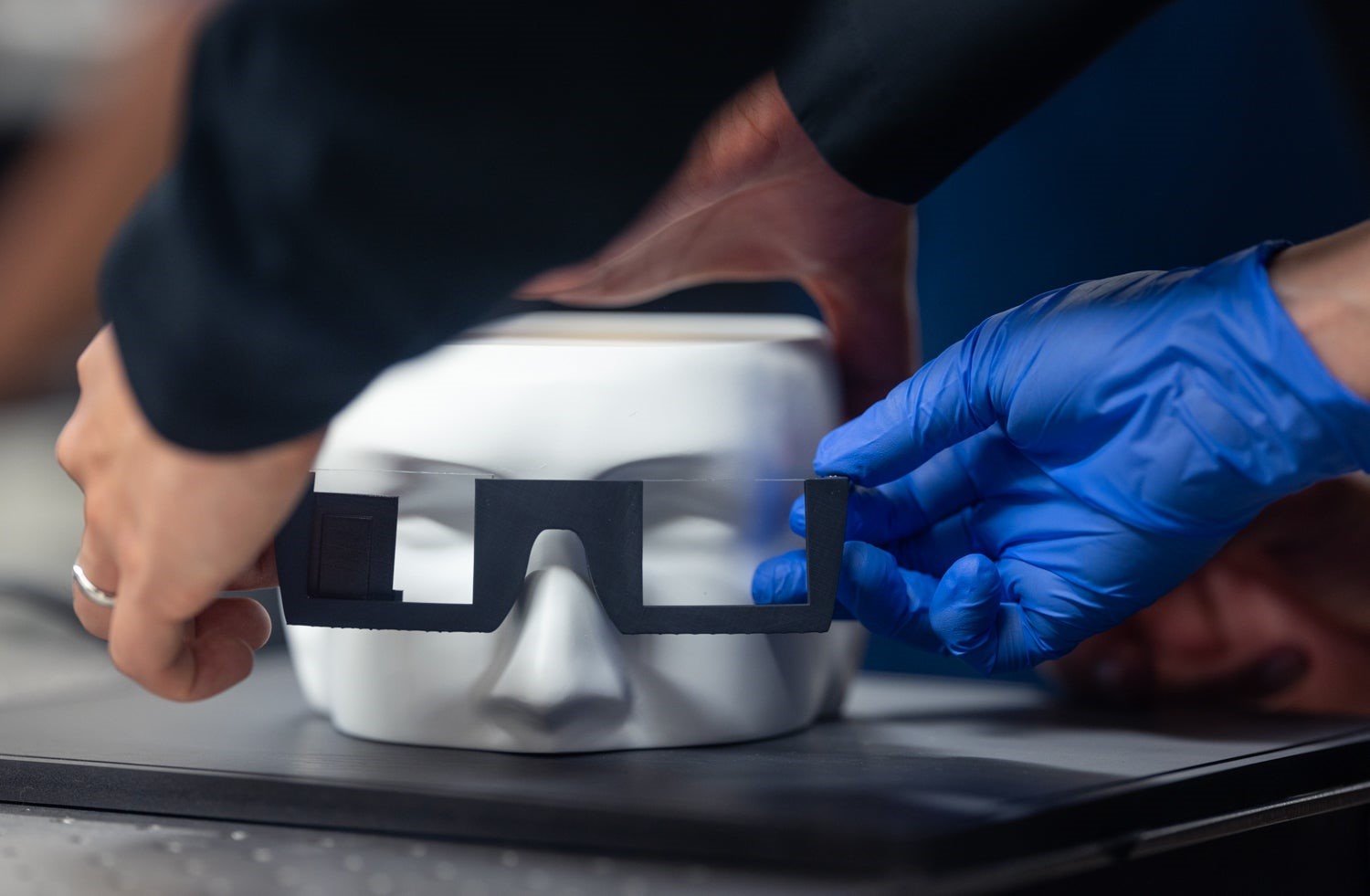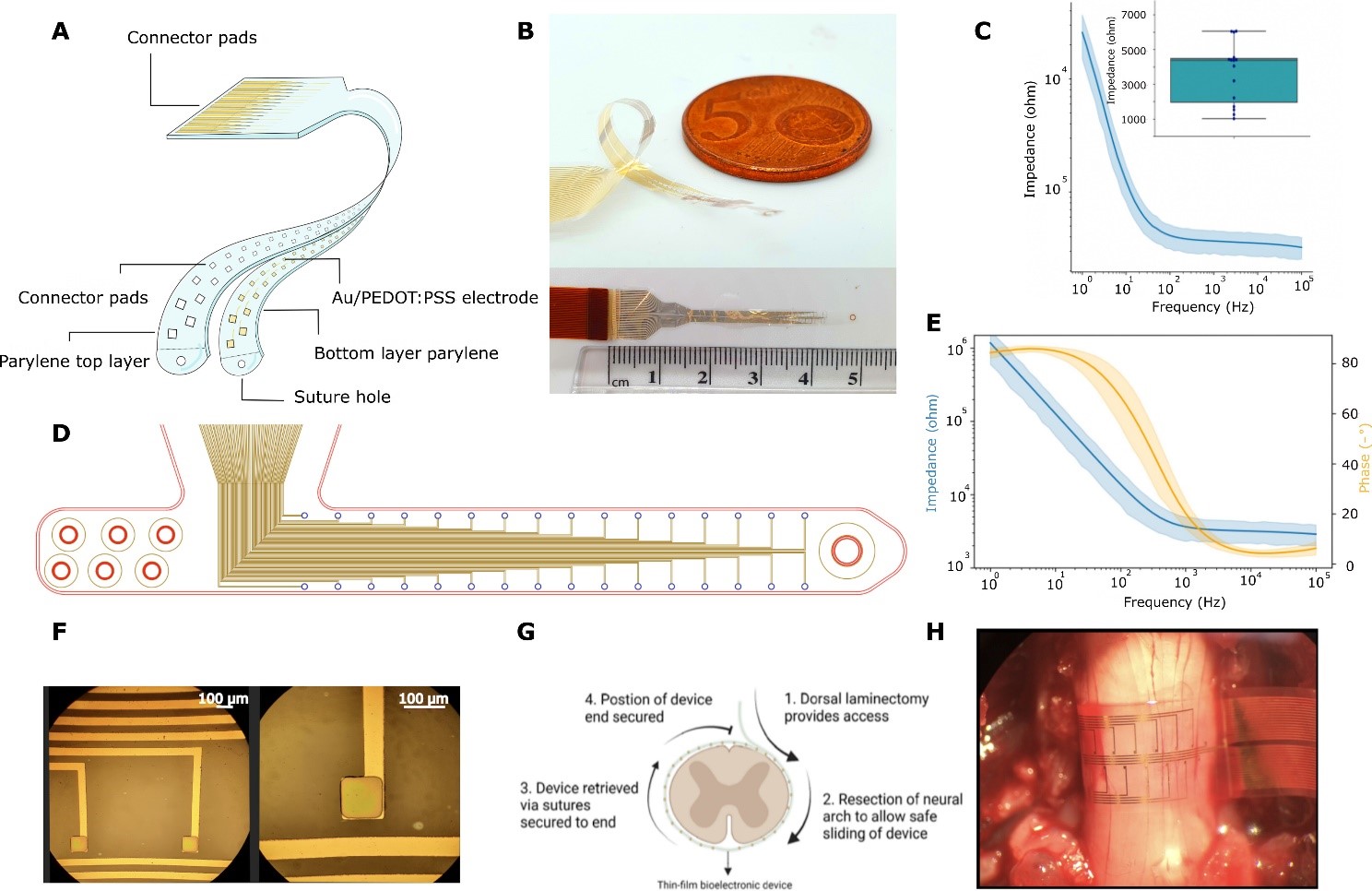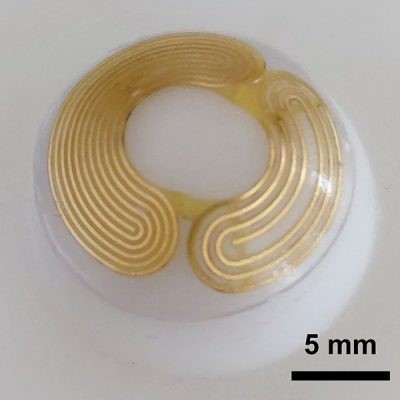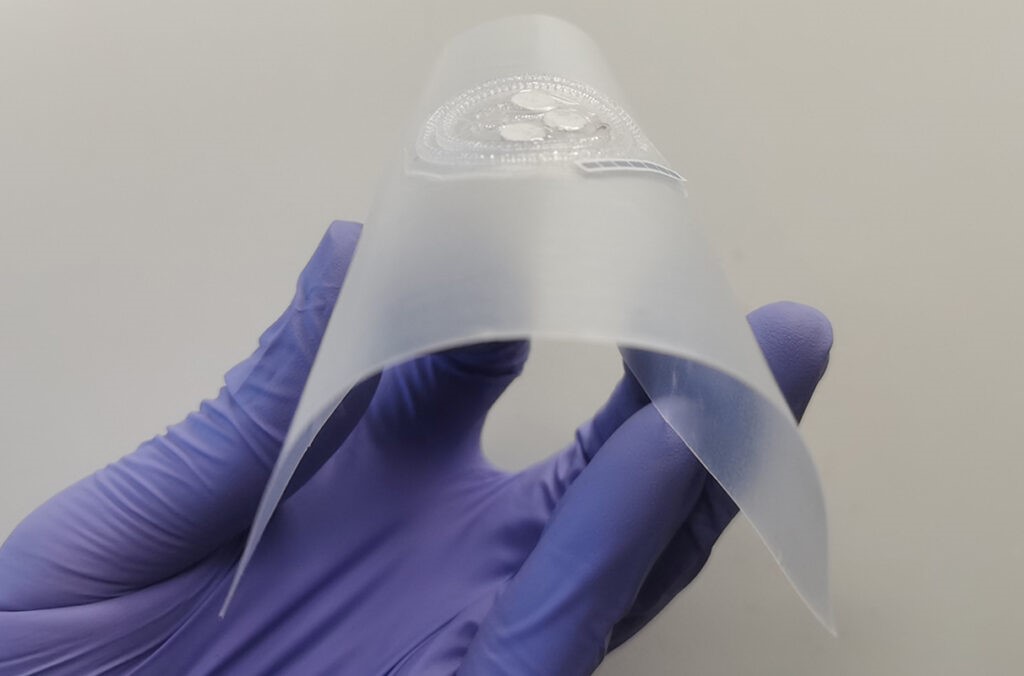Compact, Comfortable, and Immersive Holographic Headset
In the emerging realm of spatial computing, researchers have developed a prototype augmented reality headset employing holographic imaging to superimpose full-color, 3D moving images onto the lenses of seemingly regular glasses. Unlike the bulky headsets commonly found in today's augmented reality systems, this innovative approach offers a visually immersive 3D viewing experience in a compact, comfortable, and aesthetically pleasing design suitable for extended wear.

Figure 1. Prototype of the compact augmented reality glasses. (Credit: Andrew Brodhead)
Figure 1 shows the prototype of the compact augmented reality glasses. Gordon Wetzstein, an associate professor of electrical engineering and an expert in spatial computing, remarked, "Our headset resembles ordinary glasses to observers, but wearers perceive an enriched world overlaid with vibrant, full-color 3D computed imagery [1]." Wetzstein and a team of engineers present their device in a new paper published in the journal Nature.
While currently a prototype, this technology holds the potential to revolutionize various fields, including gaming, entertainment, training, and education, by enhancing or enriching the wearer's perception of the surrounding world with computed imagery.
Manu Gopakumar [1], a doctoral student in Wetzstein's Stanford Computational Imaging lab and co-first author of the paper, envisioned scenarios such as surgeons planning complex surgeries or airplane mechanics learning to work on cutting-edge jet engines through the use of such glasses.
Overcoming significant technical hurdles, the researchers combined AI-enhanced holographic imaging with novel nanophotonic device approaches. Traditional augmented reality systems often rely on complex optical setups where users view a digitized approximation of the real world overlaid with computed imagery [2]. This approach typically results in bulky headsets and unsatisfactory visual experiences.
Wetzstein's team opted for holography, a technique with great promise in 3D imaging, but historically limited by its inability to accurately convey 3D depth cues. By leveraging AI to enhance depth cues and employing advancements in nanophotonics and waveguide display technologies, the researchers were able to project computed holograms onto the glasses' lenses without the need for additional bulky optics.
The glasses utilize waveguides etched with nanometer-scale patterns on the lens surface, allowing holographic displays mounted at each temple to project computed imagery through these patterns. This light is then bounced within the lens before reaching the viewer's eye, creating a seamless integration of the real world and full-color, 3D computed images.
The combination of stereoscopic and holographic techniques results in a lifelike 3D visual experience that is both visually appealing and devoid of the fatigue associated with earlier approaches.
According to Wetzstein, "Holographic displays have long been considered the ultimate 3D technique, but it's never quite achieved that big commercial breakthrough. Maybe now they have the killer app they've been waiting for all these years.[2]"
The research received funding from various sources, including Stanford Graduate Fellowship in Science and Engineering, the National Research Foundation of Korea, Meta Research PhD Fellowship, ARO PECASE Award, Samsung, and the Sony Research Award Program.
Source: Stanford University
References:
- https://spectrum.ieee.org/augmented-reality-glasses-metasurface
- https://interestingengineering.com/innovation/stanford-ai-hologram-3d-views-glasses
Cite this article:
Hana M (2024), Compact, Comfortable, and Immersive Holographic Headset, AnaTechMaz, pp. 257















